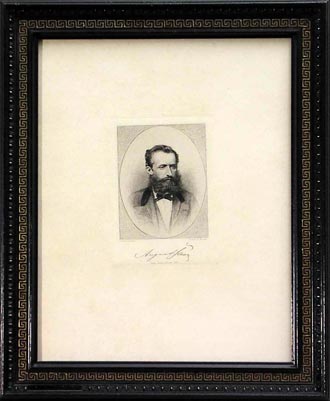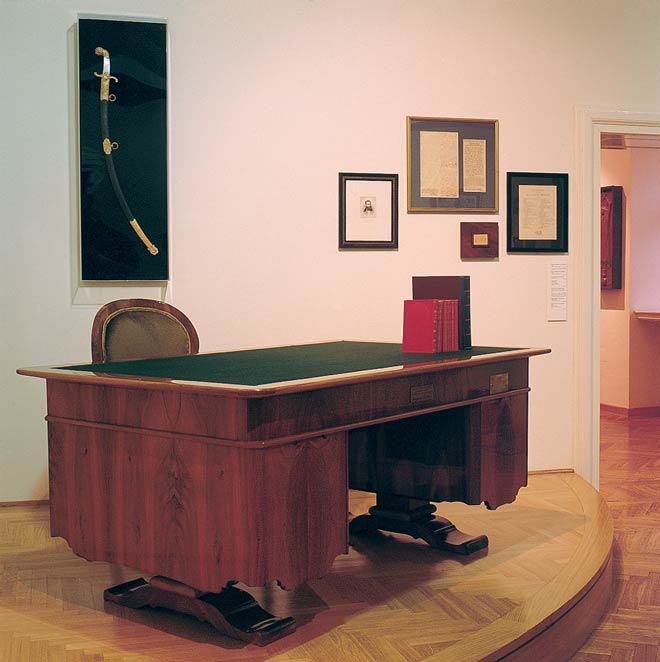Permanent Display 47. August Šenoa and Zagreb
 August Šenoa (Zagreb, 1838-1881), is the “most Zagrebian” of Croatian writers. He was inseparably bound to his native Zagreb, not only by the subject matter of his large literary oeuvre but by his service in a series of responsible posts which he held till his death.
August Šenoa (Zagreb, 1838-1881), is the “most Zagrebian” of Croatian writers. He was inseparably bound to his native Zagreb, not only by the subject matter of his large literary oeuvre but by his service in a series of responsible posts which he held till his death.
In 1868 he became the town notary (arranging old documents, being inspired by them to write some of his historical novels and tales); in 1871 he became the Great City Notary (running the census of 1870, overseeing the work of the 16 guilds).
In 1873 he was appointed city senator (running the founding of an insurance company, putting Jelačić Square in order, making proposals for giving certificates to citizens, supervising the additions to the Upper Town Gymnasium so as to house the newly organized University).
In addition he was the editor of Vijenac, but because he was overburdened with administrative duties he had to stop running the Zagreb theatre. He was senator when the great earthquake of December 9, 1880 occurred. Estimating the damage caused by the quake, he fell ill of pneumonia, from which he was to die. But before his death on December 13, 1881, he was honoured by royal recognition of his exceptional merits and proclaimed an honorary citizen of Zagreb.
Nada Premerl


